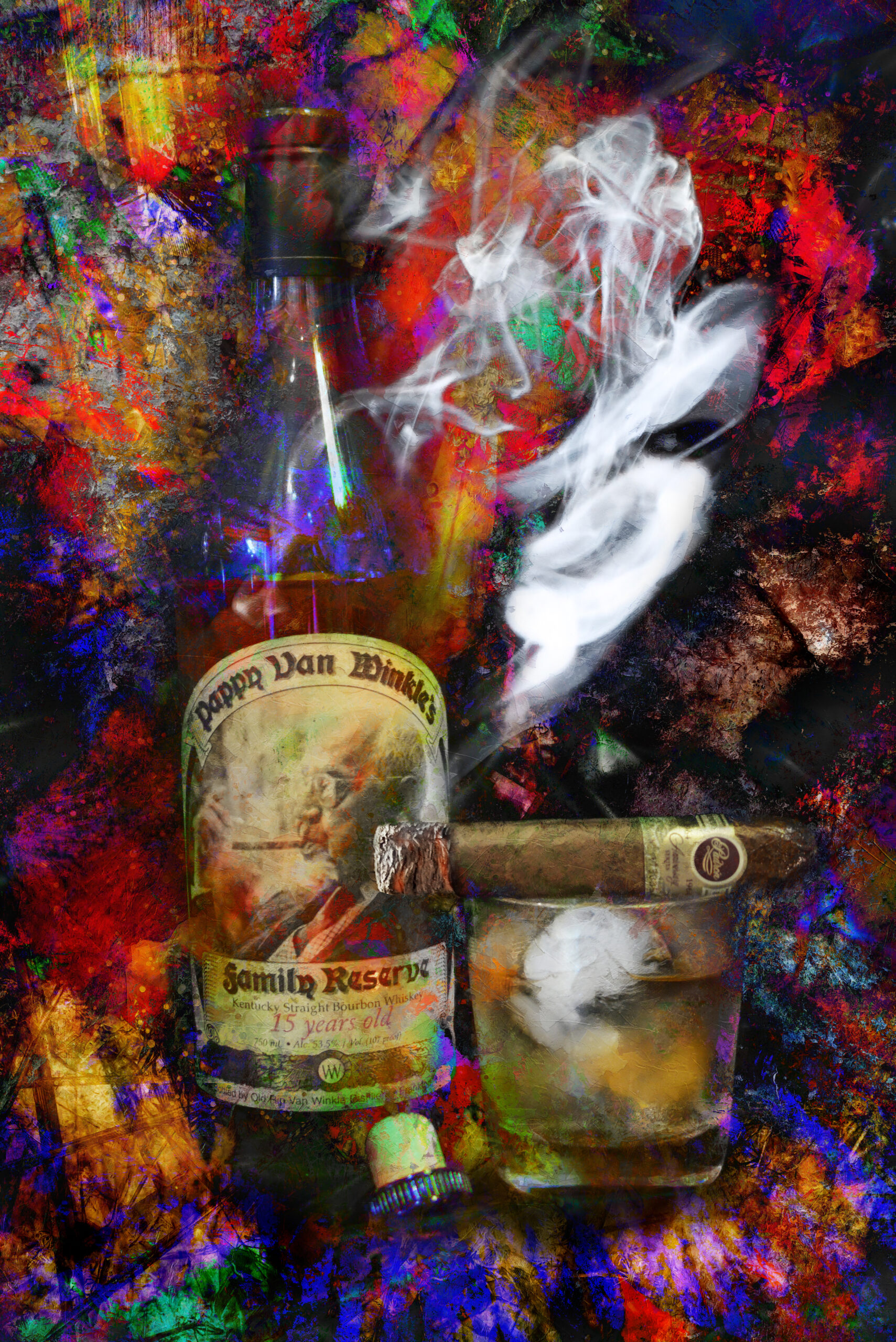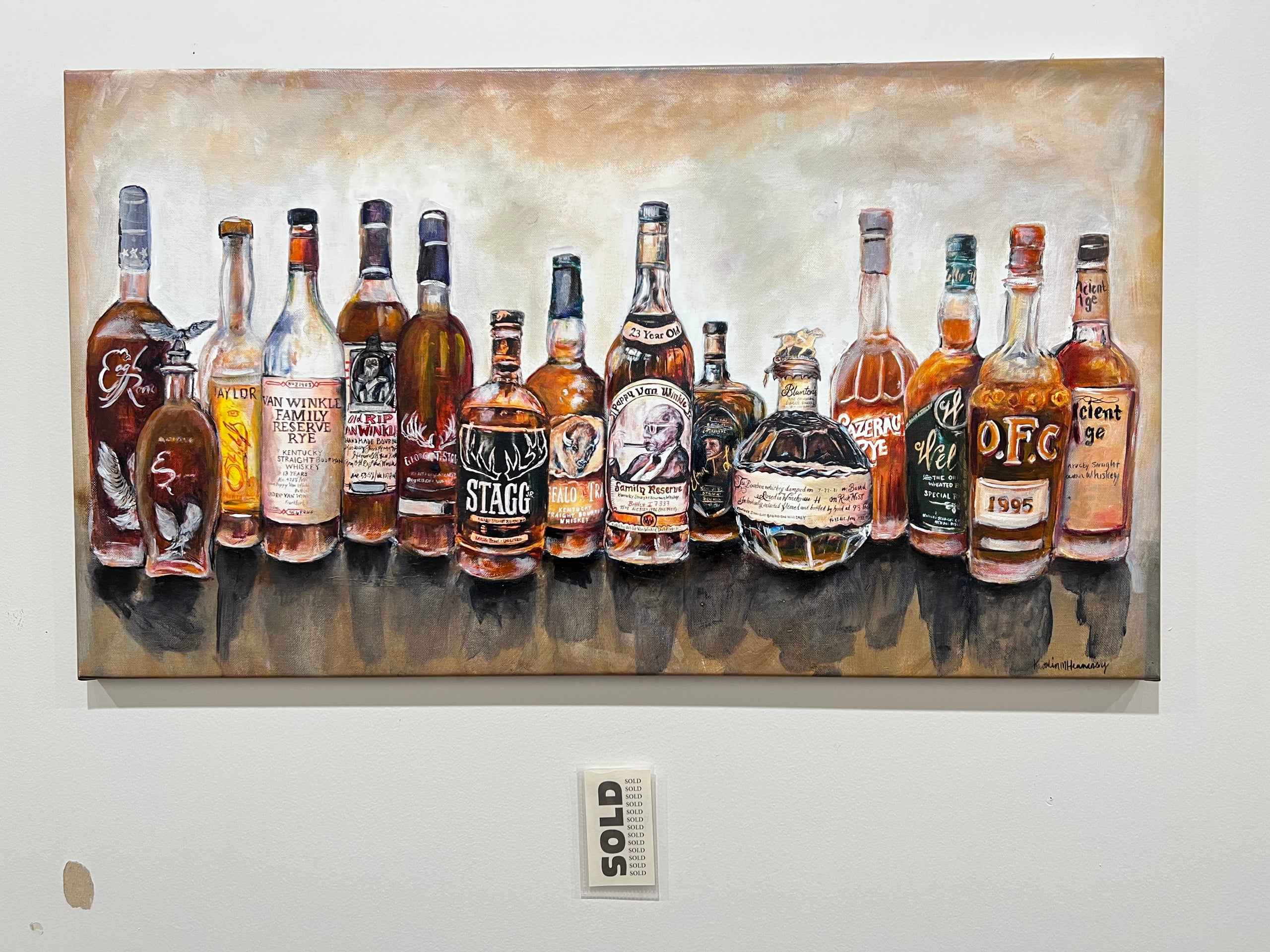Realism Art in the Whiskey Sector: Portraying Moments of Purification
Realism Art in the Whiskey Sector: Portraying Moments of Purification
Blog Article
The Relevance of Whiskey Art in Celebrating Heritage and Workmanship in the Beverage Sector
The intricate relationship between whiskey art and the celebration of heritage and workmanship within the beverage industry can not be overemphasized. Via thoughtfully developed bottles and labels, whiskey brands envelop their historical origins and the artisanal abilities that define their manufacturing approaches. This artistic measurement not just boosts market charm yet also acts as a conduit for cultural narration, promoting a deeper connection between the consumer and the craft. As we discover the numerous facets of this topic, appealing questions regarding the effect of modern fads on standard methods arise, motivating further assessment.
The Historical Origins of Whiskey
At the heart of scotch's attraction exists an abundant tapestry of historic roots that map back to old worlds. The origins of scotch can be linked to the purification techniques of the Sumerians and Babylonians around 2000 BCE, where very early types of fermented grain drinks began to emerge. Nonetheless, it was in the Middle Ages that the art of distillation developed significantly, specifically in Ireland and Scotland, leading to the development of whiskey as we recognize it today.
The term "scotch" itself obtains from the Gaelic word "uisce beatha," suggesting "water of life." This expression underscores the social relevance of scotch in Celtic societies, where it was usually connected with routines, parties, and common bonding. By the 15th century, distillation became an identified craft within monastic neighborhoods, leading the way for the facility of legal distilleries.
As profession courses expanded, whiskey's appeal expanded, transcending regional limits and recording the interest of connoisseurs worldwide. Realism Art. This historical trip shows not only the workmanship behind whiskey production yet likewise its essential function in social and social contexts, noting it as a significant drink throughout history
Artistic Expression in Branding
Whiskey branding stands as an engaging junction of artistry and commerce, where aesthetic identification plays a vital role fit customer understanding. The looks of scotch labels, packaging, and marketing products show not just the brand name's story but likewise its core worths and heritage. Via imaginative expression, distilleries communicate a story that reverberates with consumers, stimulating emotions and sparking links.
Making use of color, typography, and images in branding offers to set apart products in a saturated market. For example, traditional concepts may stimulate a feeling of authenticity and craftsmanship, while modern-day designs can signify advancement and forward-thinking. This calculated imaginative direction enhances brand acknowledgment and loyalty, enabling customers to create a personal connection with the whiskey they choose.
In addition, artistic expression in branding commonly functions as an event of local heritage. Distilleries frequently incorporate neighborhood signs or historical recommendations into their styles, developing a sense of place that invites consumers to engage in a wider cultural experience. Eventually, the virtuosity behind scotch branding not just improves visual allure yet additionally improves the general narrative of the brand name, promoting a much deeper recognition for the craftsmanship and heritage ingrained in each container.
Craftsmanship in Container Layout
The virtuosity apparent in bourbon branding expands beyond visual identification to incorporate the workmanship associated with bottle design. Each container works as a vessel not simply for the spirit within, yet additionally for the tale it informs regarding its custom, beginning, and high quality. The design procedure calls for careful interest to information, as components such as closure, material, and form add dramatically to the general perception of the whiskey.
Craftsmanship in bottle design includes choosing premium glass that can improve the bourbon's color and clarity, while additionally supplying a tactile experience for the consumer. The shape of the bottle must be both practical and aesthetically appealing, usually showing the heritage of the brand. Many distilleries decide for one-of-a-kind forms or more embossed logo designs that stimulate a feeling of credibility and background.
Furthermore, the label design and typography play an important function in communicating the brand's narrative. Realism Art. A well-crafted bottle not just astounds the customer's eye yet additionally enhances the brand's dedication to quality and tradition. In this method, the craftsmanship of container layout becomes an important aspect of the scotch experience, merging creativity with a profound respect for heritage
Cultural Relevance of Scotch Art
Celebrating custom and craftsmanship, the social importance of scotch art goes beyond mere appearances, linking with the social and historical narratives of the areas where it stems. Each container offers as a canvas, portraying the unique stories, mythology, and traditions that have shaped neighborhood whiskey-making practices. The detailed designs frequently show the heritage of the distillers, including symbols and concepts that resonate with the culture and values of their neighborhoods.
On top of that, bourbon art plays a crucial duty in communal celebrations and celebrations, functioning as a tangible web link between individuals and their shared experiences. By appreciating the creativity in whiskey product packaging, consumers cultivate a deeper understanding and regard for the craft, eventually improving their enjoyment of the beverage itself.
Modern Trends in Whiskey Presentation
In the last few years, the discussion of whiskey has developed to mirror modern preferences and trends while still recognizing traditional workmanship - Realism Art. Distilleries are significantly concentrating on aesthetic aspects that enhance the total alcohol consumption experience, linking the gap between heritage and modernity
Cutting-edge bottle styles straight from the source have arised, usually incorporating lasting materials and imaginative labels that tell engaging tales. Numerous brand names now collaborate with neighborhood musicians, instilling their products with distinct aesthetic expressions that resonate with consumers. Additionally, limited-edition releases are commonly packaged in collectible containers, adding worth and appeal for lovers.

Final Thought
In verdict, bourbon art serves as an essential channel for expressing the heritage and workmanship fundamental in the drink sector. With elaborate branding, ingenious bottle styles, and culturally considerable imaginative elements, scotch brand names properly honor their customs and connect with consumers.


Workmanship in container style involves selecting top quality glass that can improve the bourbon's color and clearness, while likewise providing a responsive experience for the customer. In this way, the workmanship of bottle layout becomes a crucial aspect of the scotch experience, combining artistry with an extensive regard for heritage.
In verdict, bourbon art serves as an important avenue for revealing the heritage and workmanship inherent in the beverage industry.
Report this page